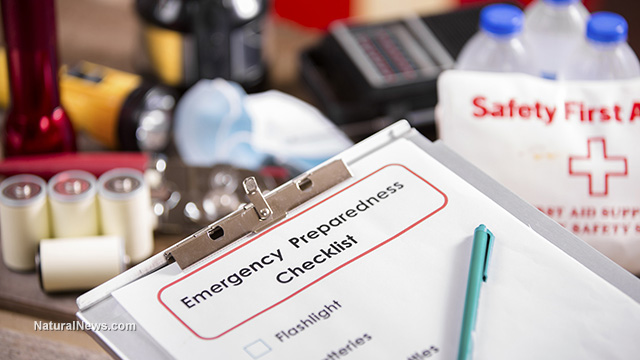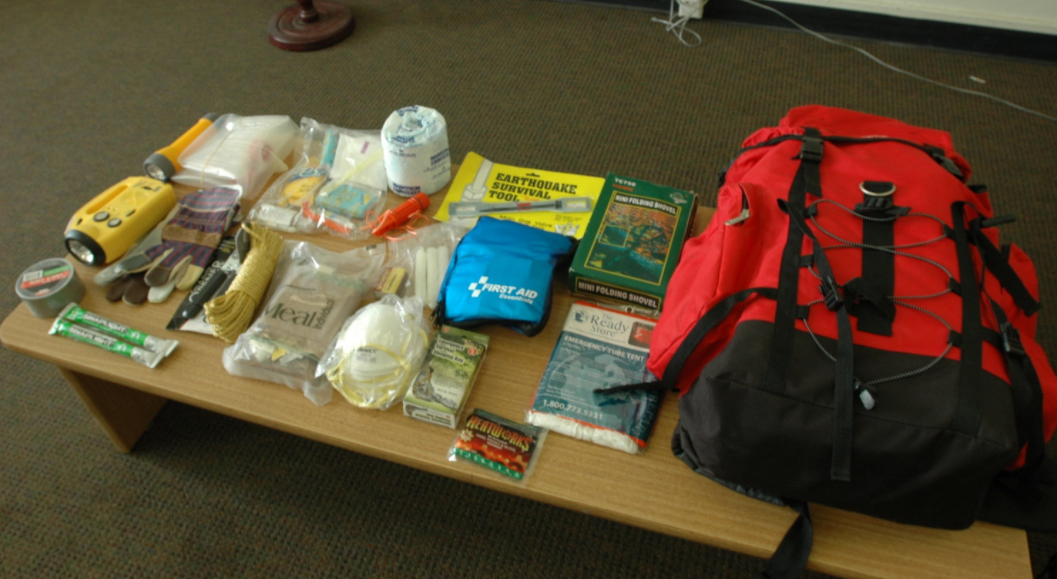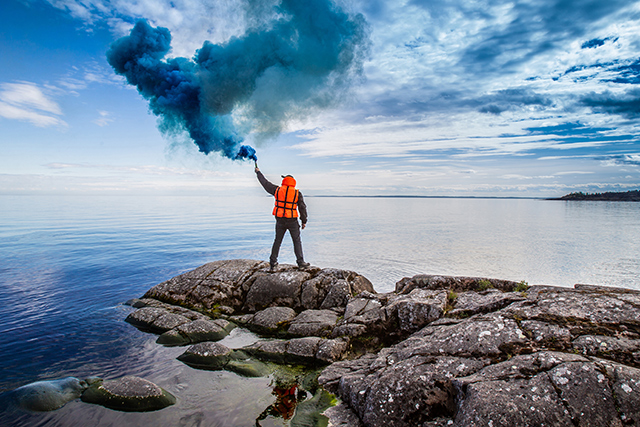4 skills every prepper should have to master the “language of nature”
02/25/2019 / By Michelle Simmons

Knowing the “language of nature” is an essential survival skill. Learn how to survive on your own with the following natural signs: (h/t to HomesteadSurvivalSite.com).
Navigating
Navigating without any equipment is possible. You just have to know how to make use of what nature offers:
- The sun: During daytime, point the hour hand of an analog watch at the sun. To locate South, if you are in the northern hemisphere, go counter-clockwise, halfway between the hour hand and 12 o’clock. If you are in the southern hemisphere, the same point will be North. Once you’ve located South or North, you will be able to identify the other points of the compass on your watch.
- The stars: At night, you can use the stars to navigate by finding the Ursa Major constellation, also known as the Big Dipper. Find the stars at the end of the Big Dipper, then draw an imaginary line through them and raise your gaze five times the distance of this imaginary line. You should spot Polaris, or the North Star, which is the brightest star in that part of the sky. Polaris points the way North if you are in the northern hemisphere.
- The trees: Using the trees to navigate will be helpful during a cloudy night without visible stars. To find North, examine moss on trees that is over two feet above the ground. Tree moss typically grows on the north side of the tree trunks, where it gets more shade and more moisture. Take note though that this old adage is only more-or-less true if you live in the northern hemisphere. Moss grows where there is moisture, and doesn’t necessarily follow direction. If you get lost somewhere in the southern hemisphere, moss would be growing on the south side.
- The wind: Wind patterns help with direction, especially during stormy weather. In the northern hemisphere, stormy weather blows west to east.
Locating animals
Nature gives signs that can help you find wild animals for food or trying to stay away from them.
Sponsored solution from the Health Ranger Store: The Big Berkey water filter removes almost 100% of all contaminants using only the power of gravity (no electricity needed, works completely off-grid). Widely consider the ultimate "survival" water filter, the Big Berkey is made of stainless steel and has been laboratory verified for high-efficiency removal of heavy metals by CWC Labs, with tests personally conducted by Mike Adams. Explore more here.
- Footprints, tracks, or a tell-tale path: Animals leave footprints or tracks, as well as a tell-tale path. They usually go through the same route when they hunt or go to the nearest water source. They also leave signs that point to places where they sleep and eat.
- Other clues: You may also find tufts of hair or feathers, piles of bones, carcasses, or body parts from recent meals.
Finding a water source
You can find a water source by:
- Listening: If you stay still and quiet for a while, you may hear the sound of running water from quite a distance away.
- Observing animals: If there are swarms of insects, you are most likely near a water source. Looking at the sky in the early morning and the early evening, you may see flocks of birds that may be heading to a water source to drink, bathe, and find food.
- Walking downhill: Water always runs downhill. Go downhill until you find a ditch, then follow that until you find the water into which they drain.
Forecasting the weather
You can predict the weather with these signs:
- Air pressure: When air pressure starts to rise and fall, weather change will likely occur. You can measure air pressure by observing campfire smoke. A smoke going upwards indicates high air pressure, which often means that the day will be bright and sunny. On the other hand, a smoke going downwards indicates low air pressure, which indicates rain is coming.
- Halos: A ring around the moon or around the sun indicates bad weather.
- Skies: The color of the skies is a great weather indicator. Pink skies at sunset suggest that there’s high pressure in the atmosphere, which will bring warm, dry air. On the other hand, red skies at sunrise indicate low pressure, potentially bringing moisture, rains, and winds.
- Animals: Birds, in particular, are great weather forecasters. If you see birds, as well as squirrels, being overly active in finding their food, a big storm may be on the way. Birds are also sensitive to air pressure changes. Birds that fly high indicate good weather, while birds flying low to the ground may indicate an upcoming storm. The woolly bear caterpillar is also a great weather predictor. The more rusty brown sections it has, winter will be milder. On the other hand, when there are more black sections, the winter will most likely be harsher.
- Plants and trees: If the coming winter is bad, apple skins, acorn shells, pine cones, corn husks, and onion skins grow thicker and stronger. When a rainstorm is on the way, some flowers produce a stronger scent, while other flowers like dandelions and tulips close their flowers.
Learn more tips about essential survival skills at Preparedness.news.
Sources include:
Tagged Under: natural signs, nature, off grid, preparedness, Preppers, prepping, survival, survival skills, survivalists, wilderness



















